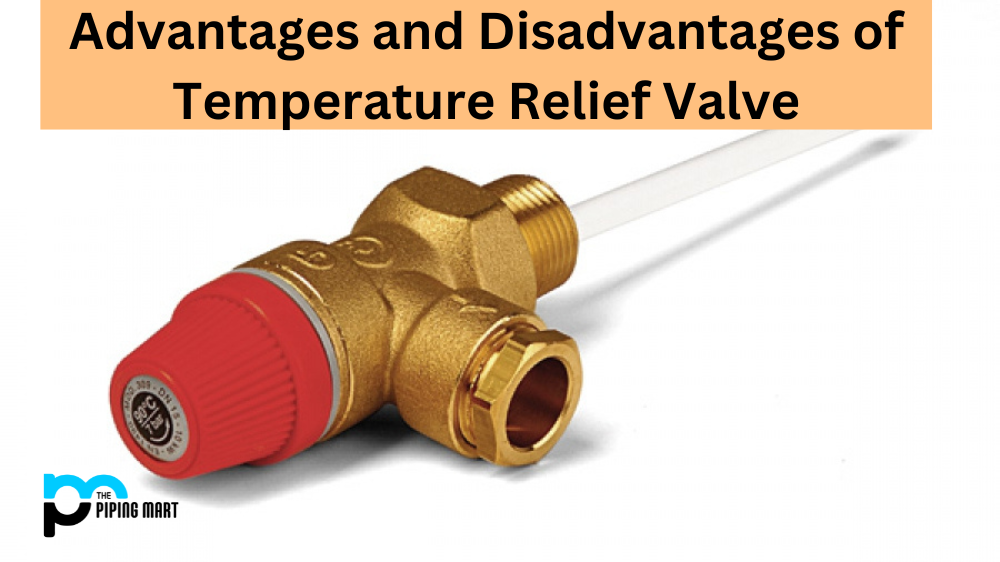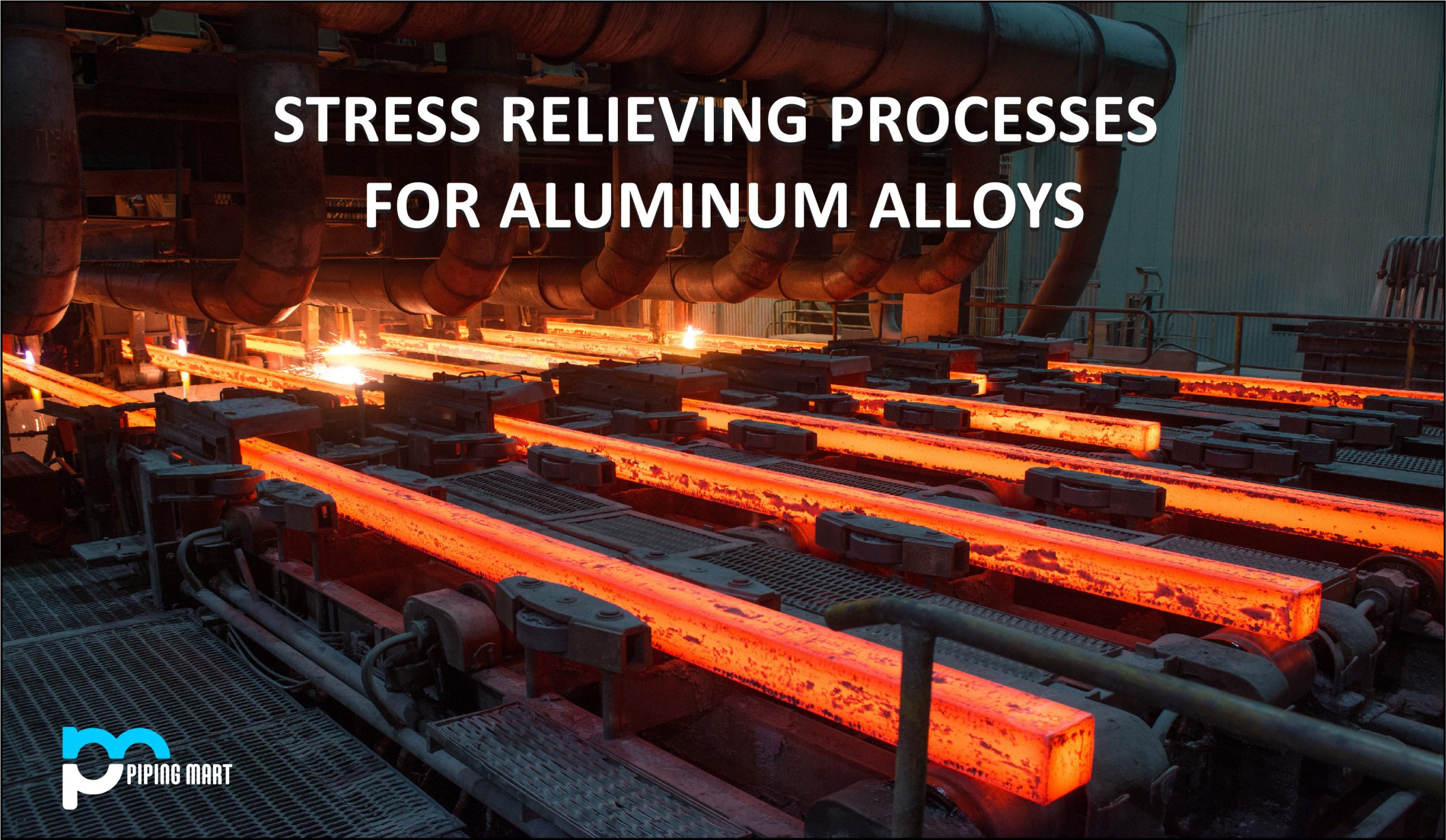Temperature relief valves are a vital part of many plumbing and heating systems. These devices are designed to open and release pressure if temperatures in a system exceed a certain limit. But, as with any piece of equipment, there are advantages and disadvantages associated with temperature relief valves. Let’s take a look at both sides of the issue.
Advantages of Temperature Relief Valve
The most obvious advantage of using temperature relief valves is that they can help reduce the risk of an explosion or other damage due to high temperatures in a system. This can be especially important in industrial applications where explosions could cause serious injuries or major property damage. Another benefit is that these devices can help prevent boilers and other mechanical components from being over-pressurized, which could result in breakdowns or other malfunctions. Finally, temperature relief valves are relatively inexpensive and easy to install.
- A temperature relief valve is a valve that helps to regulate the temperature of a system by releasing excess pressure.
- Temperature relief valves are used in a variety of applications, including boiler systems, water heaters, and pressure vessels.
- Temperature relief valves help to prevent system failure by relieving pressure when the system gets too hot.
- Temperature relief valves can also help to improve system efficiency by preventing overheating.
- Temperature relief valves are available in a variety of sizes and designs, so they can be customized to meet the needs of any application.
Disadvantages of Temperature Relief Valve
One potential downside is that temperature relief valves tend to be less reliable than other types of safety equipment, such as pressure gauges or sensors. If a valve fails to open when it should, it could lead to an unsafe situation in which pressure builds up until something breaks down or explodes. In addition, these valves must be regularly inspected and tested in order to ensure that they’re functioning correctly—a task that can be time-consuming and expensive for businesses. Finally, temperature relief valves can be prone to clogging due to dirt or debris buildup over time. This can affect their ability to open properly when needed.
Limited Protection
Temperature relief valves provide only limited protection against temperature spikes. While they are designed to open and release pressure when the temperature gets too high, they can only do so much if the temperature spikes too quickly or too high; the relief valve may not be able to open in time, which could lead to an explosion.
Can Be Damaged
Temperature relief valves can also be damaged by corrosion or debris. If the valve is not able to open properly, it can cause a buildup of pressure that could lead to an explosion. Additionally, if debris gets into the valve, it could prevent it from opening properly.
Not Always Accurate
Temperature relief valves are also not always accurate. They are designed to open at a specific temperature, but they can sometimes open at lower or higher temperatures. This can be caused by a variety of factors, such as corrosion or debris.
Can Cause Water Damage
If a temperature relief valve opens while there is still water in the system, it can cause water damage. The water that is released can damage nearby surfaces and any equipment that is in the area. Additionally, the water that is released can create a slip-and-fall hazard for anyone who is nearby.
Can Be Expensive
Temperature relief valves can also be expensive. They are typically made from materials such as brass or stainless steel, which can add to the cost. Additionally, they require regular maintenance and replacement, which can also add to the cost over time.
Conclusion:
Overall, temperature relief valves offer some important benefits for businesses utilizing high-temperature systems, but they also come with some drawbacks that need to be taken into consideration before making any purchasing decisions. For companies looking for increased safety without having to invest too much money into additional equipment, using temperature relief valves may make sense; however, regular maintenance and testing are essential in order to ensure their continued effectiveness over time. By weighing both the advantages and disadvantages carefully, you can make an informed decision about whether these devices are right for your business needs.

A passionate metal industry expert and blogger. With over 5 years of experience in the field, Palak brings a wealth of knowledge and insight to her writing. Whether discussing the latest trends in the metal industry or sharing tips, she is dedicated to helping others succeed in the metal industry.




